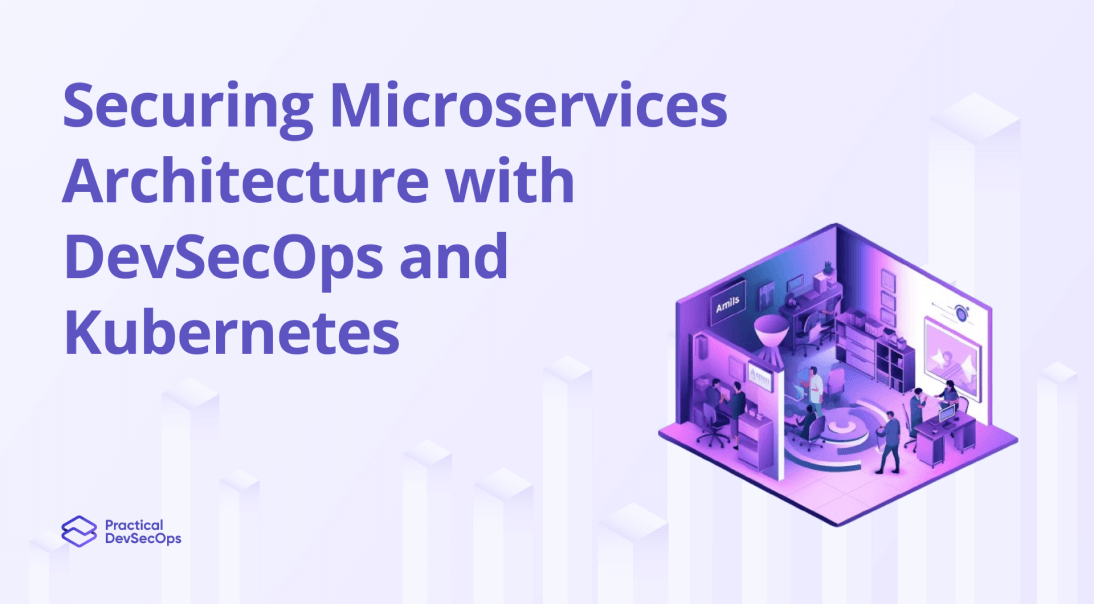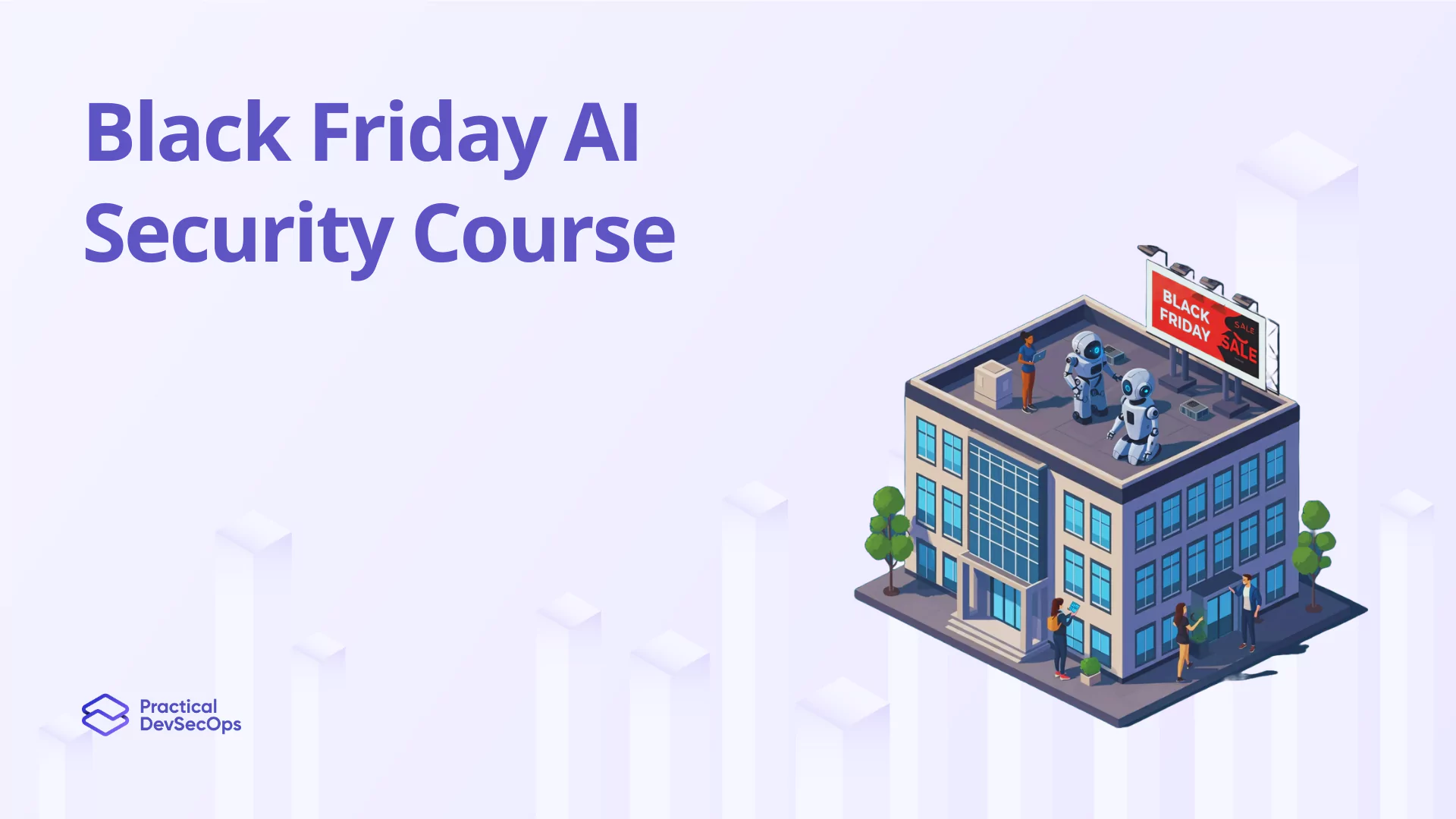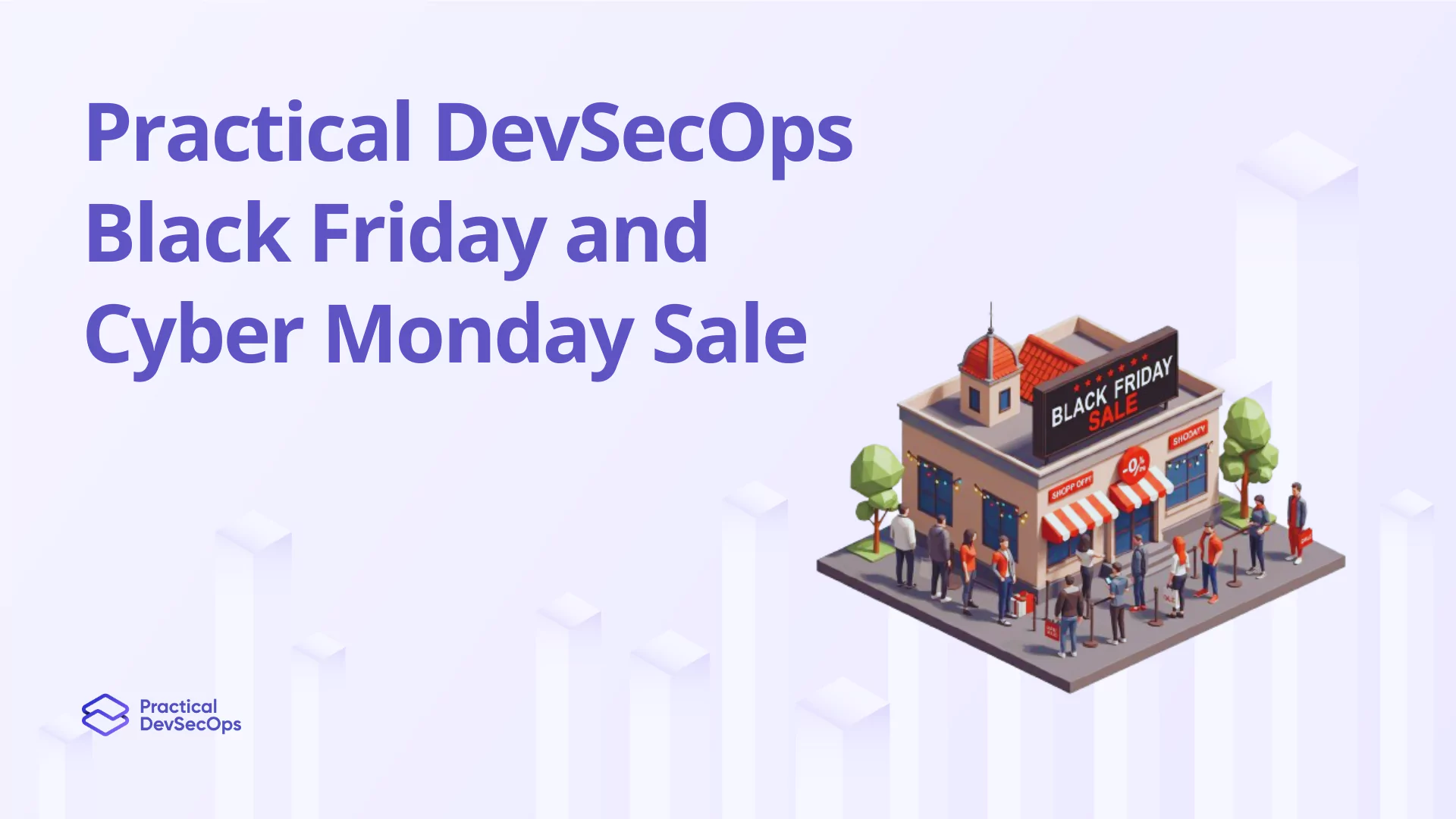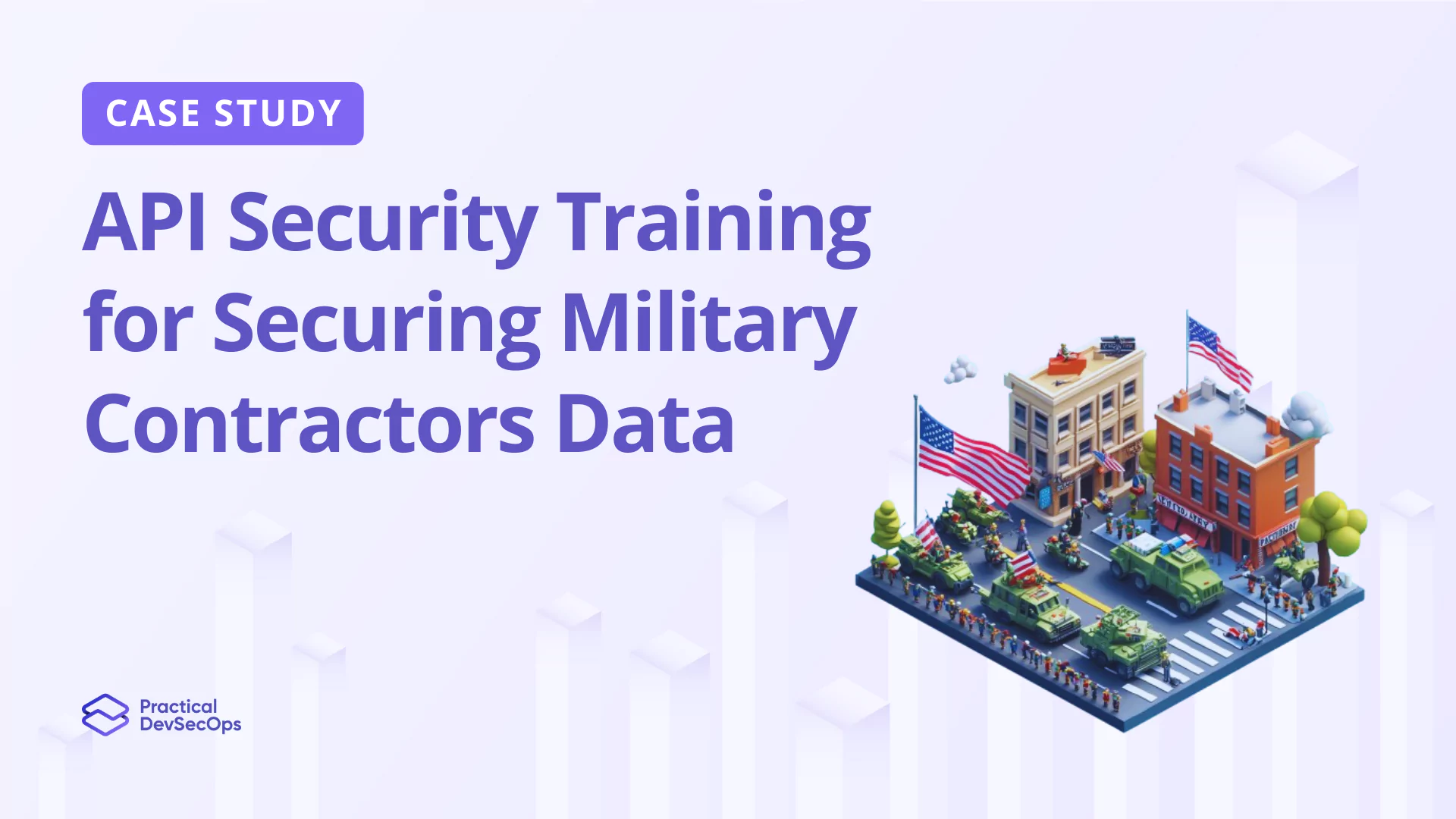Microservices architecture has gained significant popularity due to its ability to enable scalability, flexibility, and rapid application development. However, the distributed nature of microservices introduces unique security challenges. To ensure the protection of sensitive data and maintain the integrity of the system, it is crucial to adopt a security-first approach. In this article, we will explore how DevSecOps practices and Kubernetes can be leveraged to secure microservices architecture effectively.
1. Secure Containerization with Kubernetes
Utilizing containerization with Kubernetes to encapsulate microservices and ensure isolation between different components.
2. Identity and Access Management (IAM)
Implementing IAM solutions to manage authentication, authorization, and access control for microservices within the Kubernetes cluster.
3. Secure Networking
Configuring secure networking policies within the Kubernetes cluster to control communication between microservices and enforce encryption protocols.
Also Read, Pod Security Policies for Kubernetes
4. Continuous Security Testing
Integrating security testing tools into the DevSecOps pipeline to perform regular vulnerability scans, penetration testing, and code analysis on microservices.
5. Secrets Management
Employing secure secrets management systems within Kubernetes to securely store and manage sensitive information, such as API keys and database credentials.
Also Read, Kubernetes Secrets Security Issues
6. API Gateway Security
Implementing security controls at the API gateway level to authenticate and authorize requests, validate input, and prevent common attacks like injection and XSS.
Also Read, API Gateway Security Best Practices
Also Download, Free E-book on Fundamentals of API Security
7. Secure Configuration Management
Applying secure configuration practices to microservices deployments in Kubernetes, including secure communication protocols, encryption, and access control.
8. Logging and Monitoring
Implementing robust logging and monitoring mechanisms within the Kubernetes cluster to detect and respond to security events and anomalies.
Also Read, Kubernetes Security Monitoring
9. Secure Image Registry
- Utilizing a secure image registry to store and distribute container images, ensuring that only trusted and verified images are deployed.
10. Security Auditing and Compliance
Conducting regular security audits and ensuring compliance with relevant regulations and standards, such as GDPR and HIPAA.
11. Encryption and Transport Security
Implementing encryption mechanisms, such as SSL/TLS, to secure the communication channels between microservices and external systems.
12. Immutable Infrastructure
Adopting the principles of immutable infrastructure where possible, minimizing the attack surface by rebuilding and deploying new instances rather than modifying existing ones.
13. Runtime Protection
Implementing runtime protection mechanisms within the Kubernetes cluster to detect and respond to security threats in real-time.
14. Secure Image Scanning
Leveraging image scanning tools to check for vulnerabilities and potential security issues in container images before deploying them into the microservices architecture.
15. Disaster Recovery and Business Continuity
Implementing robust disaster recovery and business continuity plans to ensure the availability and resilience of the microservices architecture in case of security incidents or system failures.
Also Read, DevSecOps Automation Guide
Also Read, Best DevSecOps Tools
16. Secure CI/CD Pipelines
Taking security into consideration in the continuous integration and deployment pipelines, incorporating security testing and static code analysis before deploying microservices.
17. Patch Management
Applying timely security patches and updates to both the operating system and container images to address known vulnerabilities.
18. Secure Microservices Communication
Implementing secure communication protocols and encryption techniques between microservices to protect sensitive data in transit.
Also Read, Brief Guide to DevSecOps Implementation Plan
19. Employee Education and Awareness
Providing ongoing training and education to the development and operations teams to increase awareness of security best practices in microservices architecture.
20. Third-party Software Security
Ensuring strict evaluation and vetting of third-party libraries and components used within the microservices architecture, verifying their security practices and addressing any potential vulnerabilities.
Also Read, DevSecOps Best Practices
Also Read, Top DevSecOps Tools for Kubernetes
Conclusion
Securing microservices architecture requires a proactive approach that incorporates robust security practices throughout the development and deployment lifecycle. By embracing DevSecOps principles and leveraging Kubernetes’ security capabilities, organizations can effectively protect sensitive data, prevent unauthorized access, and ensure the integrity and availability of their microservices. Remember, security should be an ongoing process, and continuous monitoring and improvement are crucial for a resilient and secure microservices architecture.
Interested in Upskilling in DevSecOps?
Practical DevSecOps offers an excellent Certified DevSecOps Professional (CDP) course with hands-on training through browser-based labs, 24/7 instructor support, and the best learning resources to upskill in DevSecOps skills.
Start your team’s journey mastering DevSecOps today with Practical DevSecOps!
Also read, Best DevSecOps Books
Also Read, OWASP DevSecOps Guidlines
Interested in Kubernetes Security Hands-on Training?
You can get trained in Kubernetes security by enrolling in our Cloud-Native Security Expert (CCNSE) course, which provides hands-on training in important concepts of Kubernetes security, such as:
Hacking Kubernetes Cluster, Kubernetes Authentication and Authorization, Kubernetes Admission Controllers, Kubernetes Data Security, Kubernetes Network Security, Defending Kubernetes Cluster.
Course Highlights:
- Hands-on training through browser-based labs
- Vendor-neutral course
- 24/7 instructor support
- CCNSE Certification is among the preferred for Kubernetes security roles by global organizations
Get Free E-books on Kubernetes Security 101






0 Comments